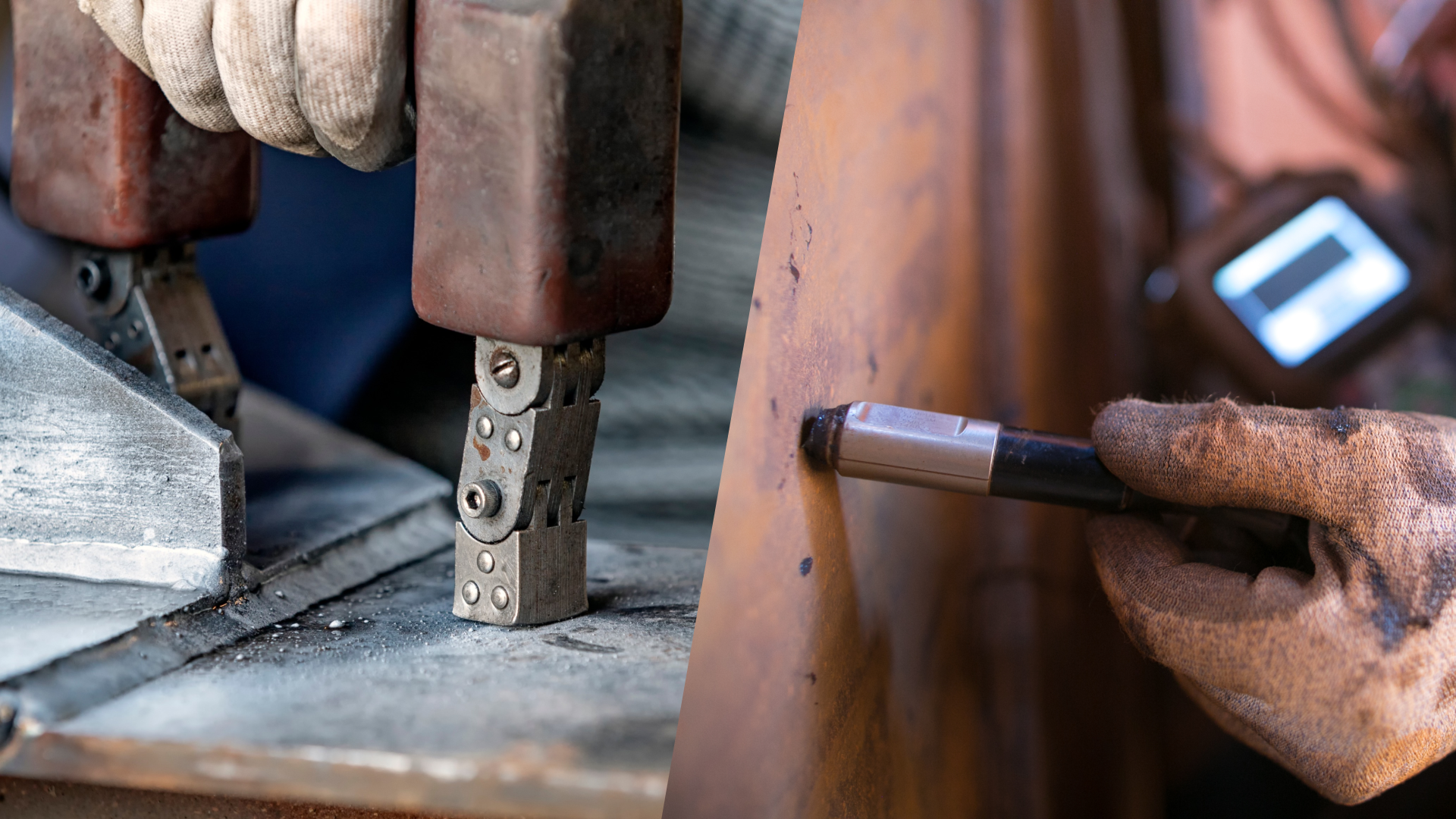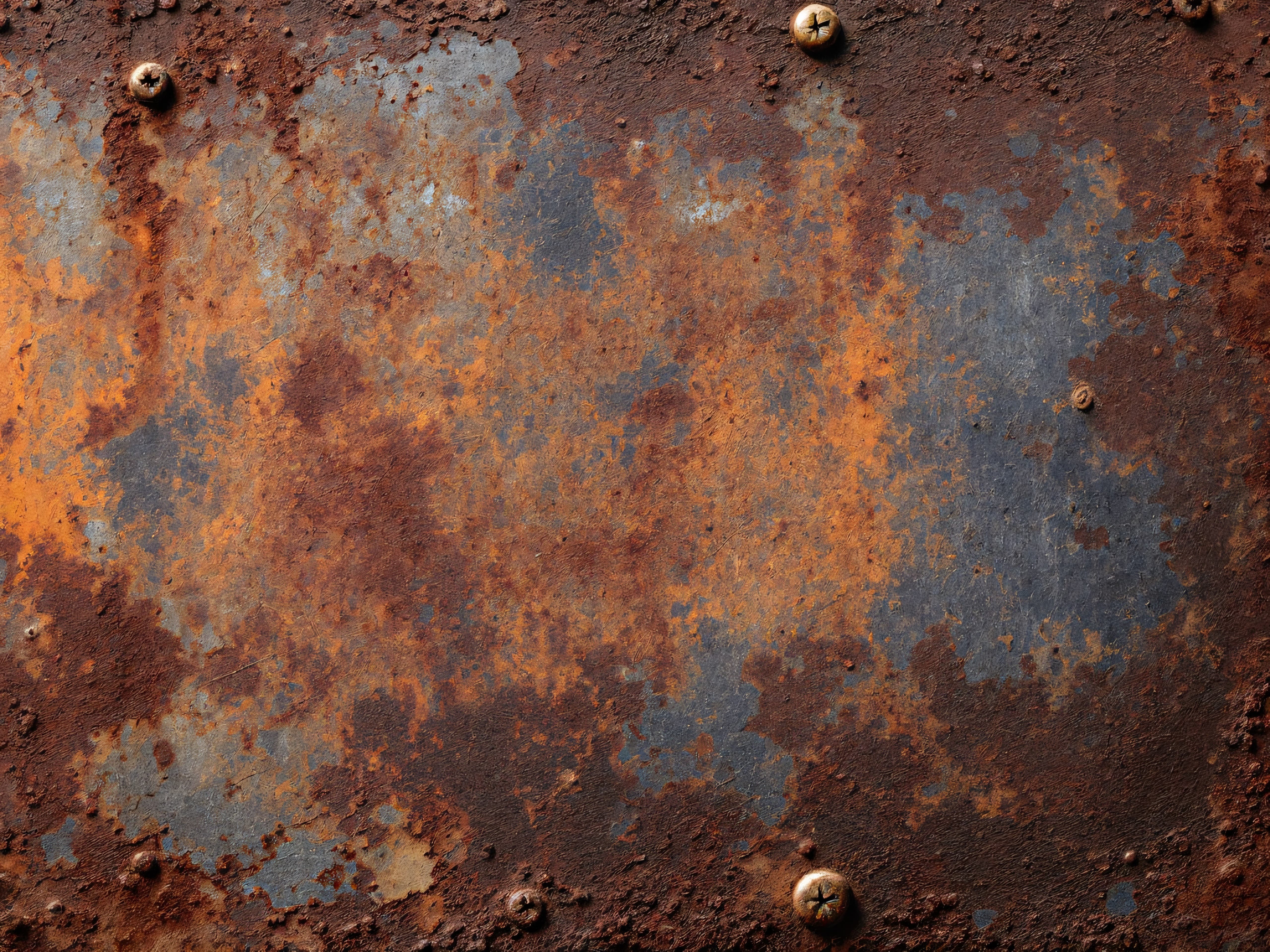Automatic Ultrasonic Testing (AUT)
Automatic Ultrasonic Testing (AUT) is a mechanized inspection method that uses multiple ultrasonic probes mounted on automated scanners to detect internal flaws with high speed and precision. It provides real-time data collection and advanced imaging for accurate evaluation of weld quality, corrosion, and wall thickness. AUT is widely used in pipeline construction, pressure vessels, and other critical applications where consistency, repeatability, and detailed documentation are essential.
Pulsed Eddy Current (PEC)
Pulsed Eddy Current (PEC) is an advanced electromagnetic inspection technique used to detect corrosion and measure wall thickness in ferrous materials without removing insulation or coatings. It works by generating a pulsed magnetic field that induces eddy currents in the material, with the decay rate of these currents revealing information about metal loss or defects. PEC is ideal for inspecting insulated piping, storage tanks, and structural steel where traditional contact methods are impractical.
Long Range Guided Wave Testing (LRGW)
Long Range Guided Wave Testing (LRGW) uses low-frequency ultrasonic waves to inspect large sections of pipe from a single test location. It’s ideal for detecting corrosion, wall loss, and other defects over long distances—especially in buried, insulated, or inaccessible piping.
Short Range Guided Wave Testing (SRGW)
Short Range Guided Wave Testing (SRGW) focuses ultrasonic waves over a limited distance to inspect specific areas of concern, such as pipe supports, flanges, or weld zones. It’s highly effective for detecting localized corrosion or defects in hard-to-access areas without requiring full surface exposure.
Surface Eddy Current Testing is a non-destructive method that uses an alternating magnetic field to induce eddy currents in the surface of conductive materials. Variations in these currents reveal surface and near-surface defects such as cracks, pits, or corrosion. This technique is highly sensitive, fast, and effective for inspecting welds, aerospace components, tubing, and fastener holes—often without the need to remove paint or coatings.
Acoustic Imaging (Leak Detection)
Acoustic Imaging for Leak Detection uses sound waves to visualize and pinpoint the location of gas or liquid leaks in pressurized systems. It detects the high-frequency noise generated by escaping fluids and converts it into a real-time visual map, even in noisy industrial environments. This method is fast, non-invasive, and effective for identifying leaks in piping, valves, and fittings.
Magnetic Flux Leakage (MFL) Floor Scan
Magnetic Flux Leakage (MFL) Floor Scan inspections quickly and accurately detect corrosion, pitting, and material loss in storage tank floors, even beneath coatings or linings. This advanced, non-destructive method provides precise data to help you plan targeted repairs and maintain compliance with API 653 standards. By identifying issues early, we help extend asset life, reduce downtime, and protect your investment.
Shear Wave Ultrasonic Testing (SWUT
Shear Wave Ultrasonic Testing uses angled sound waves to detect cracks, lack of fusion, and other hidden flaws in welds and metal components. This advanced method allows us to inspect hard-to-reach areas and identify defects that straight-beam testing might miss. The result is accurate, reliable weld evaluations that enhance safety and compliance without interrupting operations.
Phased Array Ultrasonic Testing (PAUT)
Phased Array Ultrasonic Testing (PAUT) uses multiple ultrasonic beams that can be electronically steered and focused to deliver a detailed view inside welds, pipelines, and critical components. This advanced technology allows for faster, more accurate inspections while detecting even small or complex flaws. With PAUT, you get comprehensive data that enhances safety, ensures compliance, and minimizes downtime.
.svg)
.svg)



